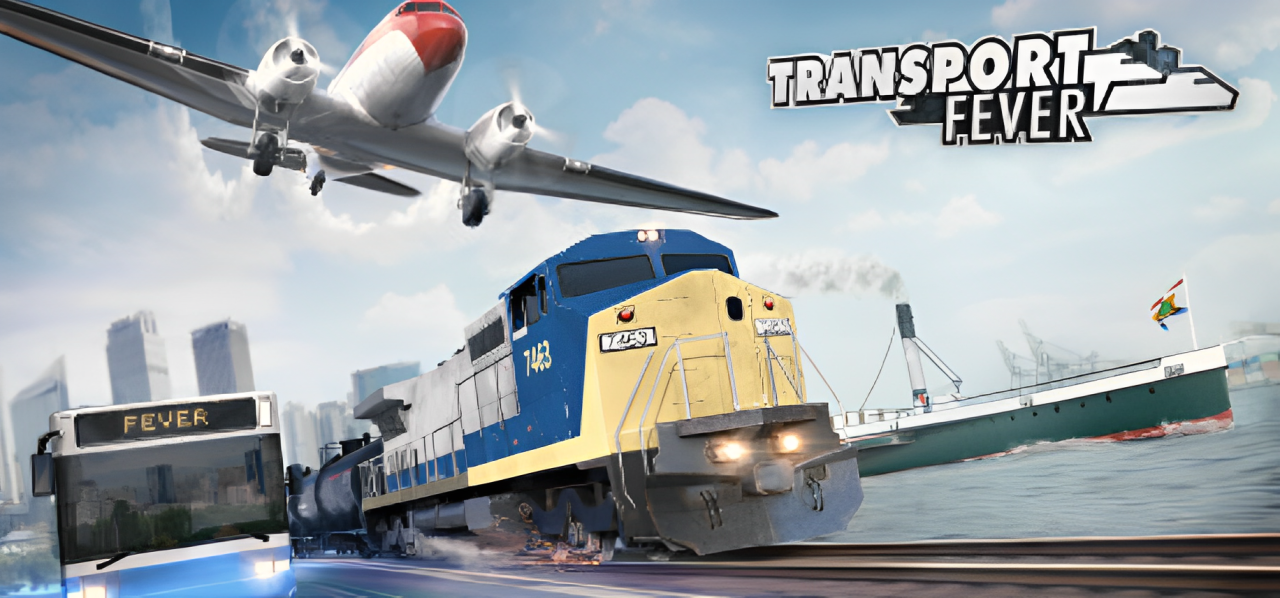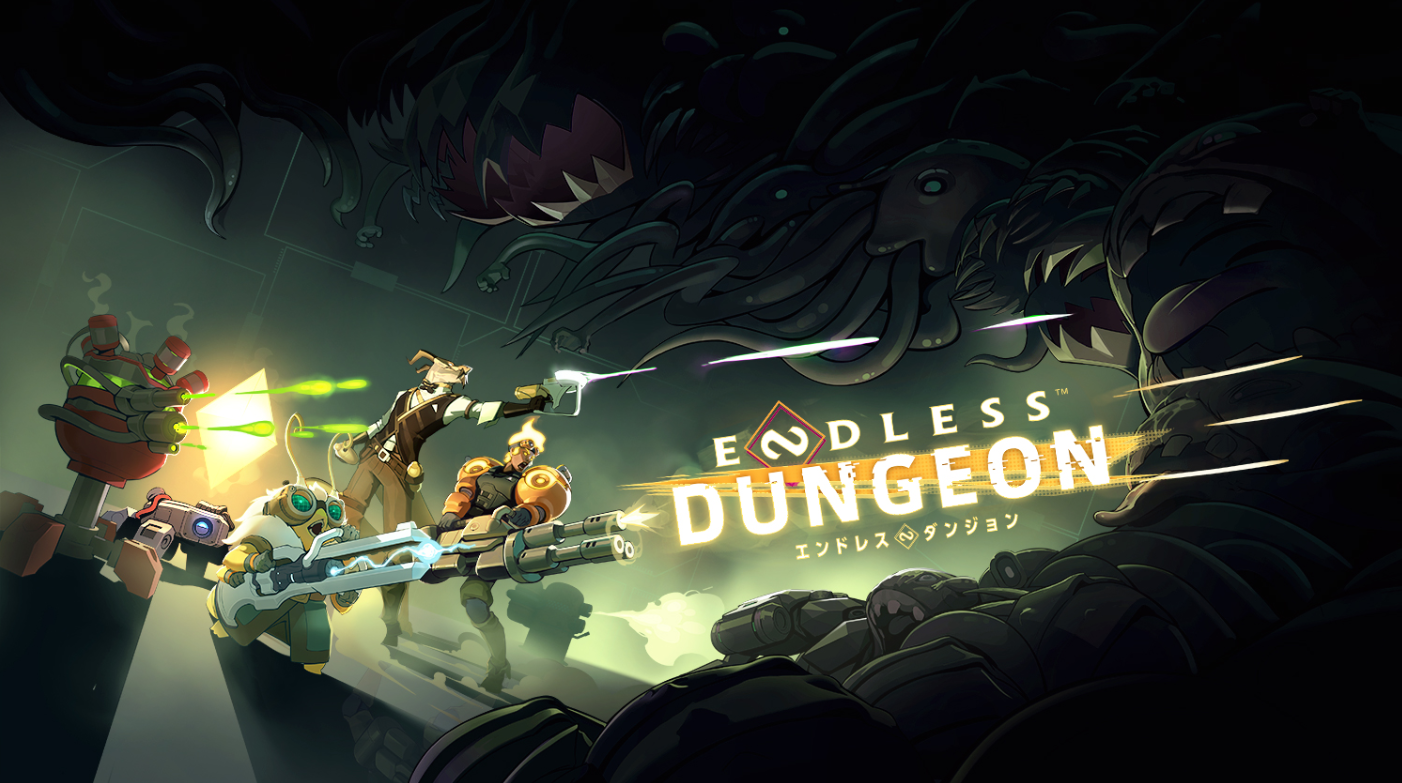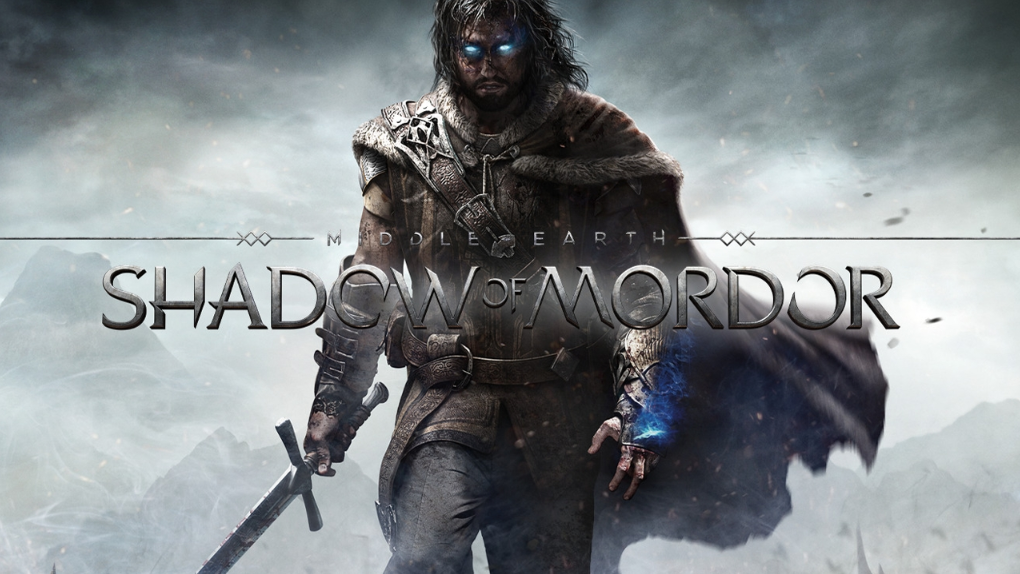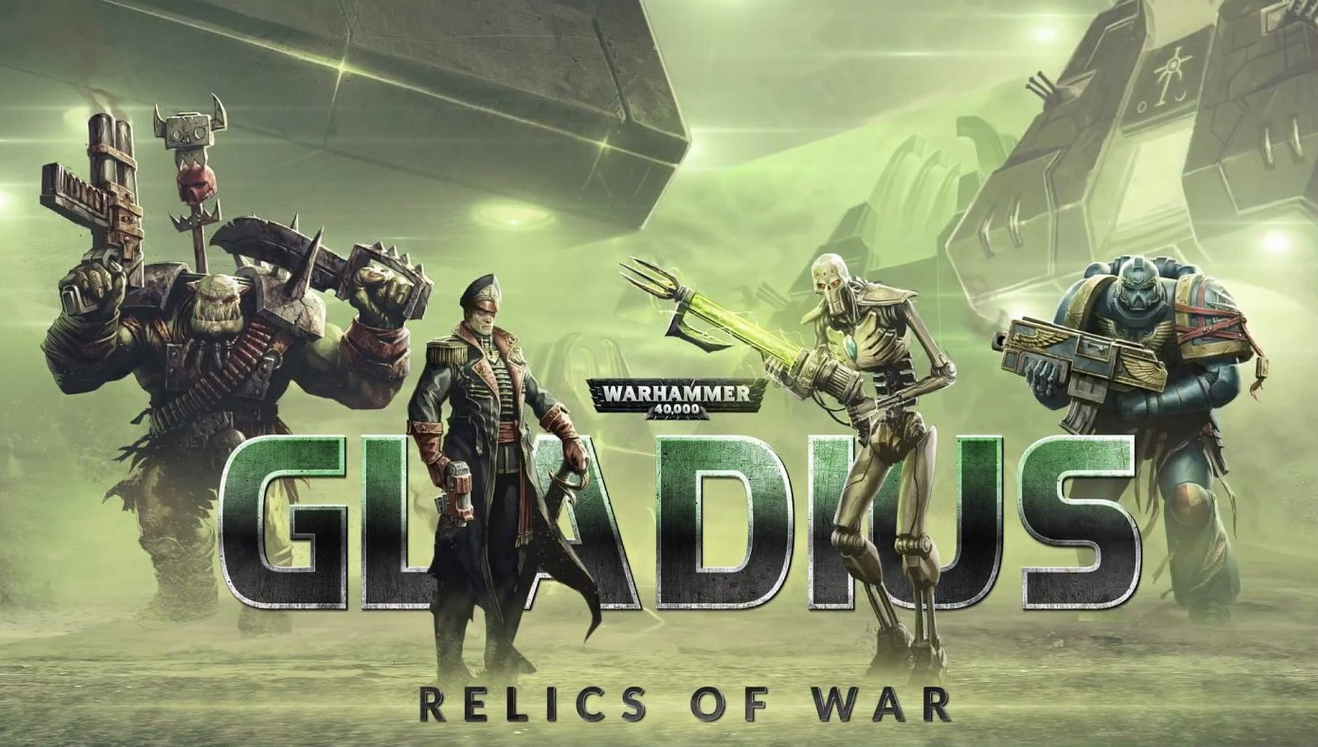
Transport Fever is a challenging real-time strategy game where you build a complex transportation network from the mid-19th century to the present day. You start with trams and trains, gradually moving to ships and planes as you develop your operations. Throughout the game, it is vital to keep a close eye on the aging of your vehicles and equipment. You will need to actively research new technologies and design innovative, cutting-edge vehicles to stay competitive. In addition, strategically connecting different transportation routes is vital to maximizing revenue and improving the growth of your transportation enterprise.
Table of Contents
Transport Fever Free Steam Account
We start the game not in the modern era, but in 1852. That is, for a moment, there were no trams yet – there was the so-called horse-drawn tram, where the carriages were pulled by animals. Over time, high-speed trains will appear in the game. But in the middle of the 19th century, locomotives still ran on coal and were quite low-power. And those very small hills that I mentioned earlier can cause a horse-drawn carriage or the first steam locomotive to have difficulty climbing up, causing a lot of problems. It would seem logical, but because the hills are hard to read on the map, you blame the game, not yourself.
The route lines do not raise questions: it is clear where the transport is coming from and where it is moving. But as soon as you look away from the roads and cities, the voids and flatness on the map immediately catch your eye. Heights and lowlands do not go well together, which is why you have to turn on the altitude indicator. Small halos are hard to notice, although they have a significant impact on decision-making.
New account steam free are waiting for their players for free!
In the game itself, a hill noticed at the wrong time can cost a pretty penny, and it takes hours to lay roads. This is an important problem for the player. There can be from five to several dozen cities, and passenger connections need to be established between all of them. Among other things, there are enterprises for the extraction and processing of raw materials between the cities, and therefore it is not necessary to only engage in passenger transportation in Transport Fever. You can set up the production of wood, send it to the plant, and from there deliver the finished product to the city.
Accordingly, all transport is divided into two types: cargo and passenger. Since we are talking about transport in Train Fever, then trains, trams and regular cars are under our control. All three means of transportation are well balanced and complement each other perfectly. There is a pronounced synergy here, where one type of transport works well in tandem with another, just like in real life.
Maybe some of you thought: “Build a tunnel, and the problem is solved.” But at the initial stages, tunnels and bridges are extremely expensive, and there is no alternative. And there are plenty of such nuances. Although in Transport Fever they became much more obvious. The successful collection of more than one hundred and twenty items was regularly improved by various ships to significantly reduce transport costs and include aircraft for efficient reaching of distant destinations. In the twelve years since OpenTTD, nothing like this has appeared in the same volume or scale.
First of all, the changes affected the game menu. Now we are greeted not by a lonely locomotive, but by the main characters (by the way, more on this later). The main menu was moved to the bottom of the screen, and it began to look a little better from a graphic point of view. But the most important change is the expansion of transport. Among the new arrivals: capacious, but slow river transport, as well as fast, but less capacious air transport, designed exclusively for the carriage of passengers.
Regarding the logic here, there are no complaints, but they are very weakly woven into the main mechanics. Trains and cars work great, but as soon as you start building logistics chains with new transport, you encounter strange consequences. It is still best to use trains with their traffic lights and points, although the hovercraft showed itself very well, the description of which directly states that it was the best and most successful in its time. And all because it did not have a lack of space, like the new water transport in the game Out.
As for planes, they should be used only on the largest maps, since the plane requires a lot of space to turn. On the other hand, in Train Fever, for those who could not figure out the traffic lights of the railways, you could just use cars – and this, in principle, was enough. But the new transport is quite specific and very narrowly specialized. Airplanes are only passengers and only for long routes, and water transport constantly throws us oil tankers, but transporting fuel by water is often unprofitable for a number of reasons in Transport Fever.
Another important point of changes is the correction of errors of the previous game. Finally, you can make a normal junction on the railway, the game stopped crashing and in general began to work better. Although, if there is too much transport on the map, then in the 2000s, when collecting money for servicing all the transport, the FPS may drop.
On the positive side: they added the ability to select a car or a person on the map and follow him from the first person. By the way, the number of human models here is small, and the developers do not hide this, even demonstrating it on one of the loading screens. Also, in the course of a number of updates, the entire industrial sector was expanded. First of all, now the industrial chain does not consist of two points, and they also added the ability to simultaneously produce two goods in one plant. For example, a farm can supply grain and animals – grain and animals go to the production of products in one plant. But grain can also be used to create plastic in another plant. And crude oil can either be processed into fuel or purified and used to produce plastic.
In general, the variety here is quite large, and at first the eyes run wide, because there are small chains, for example, grain → products, and there are large chains, like for the production of equipment or goods. And naturally, all this needs to be delivered to the cities. The training and campaign in the game were also expanded, but the problem is that these two modes actually duplicate each other.
The company in Transport Fever, despite the weak plot, is not particularly interesting. You should not overload the game with complex tasks, but at the same time it is quite long in time. For example, the player builds a railroad, and then has to wait 10 minutes of real time for the belt to pay off and you can continue further development. Because of this, simple company tasks seem extremely monotonous, and the gameplay is drawn out. Although the developers throw in funny tasks like searching for treasures or the ability to negotiate with the Indians, this does not save the situation.
On the other hand, transport, as in its predecessor, can be difficult for a beginner. Therefore, for new players, the training mode and the campaign will help to understand, if not all the intricacies, then most of them. As a rule, the laying of railway tracks causes particular difficulties. If you want to see a guide to the railway, write about it in the comments. Then there are minor changes, such as the location of stop zones inside the city, the needs of residents, statistical graphs and icons, and so on. But these points should already be discussed in separate video tutorials or reviews. The distinguishing feature of Transport Fever from OpenTTD and other games of this class is that if you don’t make a chain from start to finish in time, then sooner or later, when the warehouses are full, it will be overcrowded and stop everything else.
Transport Fever graphics, gameplay and improvements
Because of the publisher Paradox, but in general, such games are created only by indie studios with a small budget and a small team. Because of this, some aspects of the game may be unfinished, not so well thought out, or not look very decent in Transport Fever.
All this time, there were footages of other games of this genre on the screen, and it is clear that the graphic technologies in such games are not the most advanced. Someone will say that graphics are not important in such projects, but I do not agree with this. Watching your “brainchild” brings incredible pleasure, and for some players this is much more important than economic, logistical and other components. Therefore, all graphic imperfections caused by a lack of resources, the developers hide behind the author’s style.
The project has cartoon graphics – this is a balance between realistic images and thematics. The transport itself and its diversity look especially good. But with everything else, not everything is so clear. If the cities still look tolerable, then sometimes the roads behave very strangely and it is not clear why exactly this way. How can you even move around them in Transport Fever?
Urban Games has undertaken a remarkable effort to enhance the game with stunning graphics and intricate details that truly elevate the experience. The visuals have brightened significantly, the sky is now clearer and more vibrant, and the monotonous textures of the past have been completely replaced. All movable assets are now designed with detailed interiors. At long last, in 2016, we’ve eliminated the notorious opaque windows that plagued strategy games! Inside the vehicles, players can find a driver or engineer, while slightly bored passengers occasionally glance at the camera, creating a more immersive atmosphere. These figures are not just lifeless models with stretched textures; they are animated characters full of personality. They read books, engage in conversations with fellow travelers, cross their legs, and use gestures to express themselves. This level of detail adds a layer of realism that enhances player engagement in Transport Fever. However, it’s unfortunate that, in the pursuit of performance optimization, the diversity of the local crowds had to be somewhat sacrificed—members of various social groups appear almost cloned, which detracts from the overall richness of the environment. This trade-off is a reminder of the challenges developers face in balancing performance and visual authenticity.
Thanks to the intricate details in textures and a versatile LoD system, players can truly “step into” the shoes of any character and view the world from a captivating first-person perspective. During the closed beta phase (which players were invited to join during development), it allowed them to experience sitting inside a train car, a bus, and even an airplane, immersing themselves in the environment like never before. However, due to concerns about players possibly rating the game poorly on Steam because of the blocky interior models, this feature was ultimately removed in the final release. The idea of creating high-polygon seats, tables, and flight attendants serving champagne feels more aligned with a simulation experience than a strategic one. After all, tycoons should focus on crafting the future of their corporations, rather than getting sidetracked by “joyrides” through their virtual worlds. This decision reflects the balance between realism and gameplay, ensuring that the core experience remains engaging and strategic in Transport Fever.
Over the years, transportation speeds have steadily increased, and the number of routes has now exceeded a hundred. Meanwhile, the rolling stock continues to age, and there is a growing necessity to expand the stations to accommodate rising demand. As the corporation expands, overseeing the quality of transportation services has become increasingly complex and challenging. This is precisely where a redesigned interface should ideally intervene to improve the situation. The interface has undergone significant changes and enhancements compared to its predecessor, Train Fever. However, despite these improvements, it still feels cluttered with redundant parameters and lacks crucial summaries that would aid users in making informed decisions. For example, while revenue and expense graphs for each piece of rolling stock have been introduced, the information presented is not aggregated in a way that allows for meaningful analysis. Users cannot easily compare data across different historical eras or break it down by months to observe trends over time in Transport Fever. Furthermore, the coverage areas of stations, layers for land valuation, graphs depicting changes over time, and financial calculations either lack clarity or fall short in providing sufficient detail. This lack of comprehensive data hinders effective decision-making and ultimately impacts the quality of service provided.
Let’s sum it up. At first glance, not much has changed: the same trains, buses, and trucks. The general mechanics have not undergone major changes, with the exception of the expansion of the production cycle at enterprises. The new transport is extremely narrowly specialized, and most likely, the developers will correct this in the future, perhaps adding new elements. The campaign is extremely simple, but after the first 10 hours of the game, it becomes clear that it has become more enjoyable to play than before. The game has become more stable, some things in the mechanics are now more intuitive and simply more convenient than it was in Transport Fever.
Pros:
- A markedly enhanced iteration of Train Fever, offering a richer gameplay experience.
- Two engaging historical campaigns that immerse players in different eras.
- Polished graphics with stunning high-resolution textures that bring the world to life.
- Intricate transport models featuring detailed interiors and realistic aging effects.
- Exciting introduction of ships and airplanes, expanding transport options.
- Cities develop dynamically, reflecting a realistic system that adapts to player choices.
- Broader mod support and seamless integration with Steam Workshop, fostering community creativity.
- The calming rhythm of rolling wheels creates an inviting atmosphere.
Cons:
- Uncertain economic balance that may frustrate some players looking for stability.
- The interface overhaul didn’t succeed in improving user experience significantly.
- The persistent need for schedules and route micromanagement from Train Fever remains unmet, creating a gap in gameplay depth.
- Minor flaws like the absence of waves from ships and planes flying through mountains can break immersion.
- Extremely limited procedural map generator, which may lead to repetitive landscapes.
Transport Fever system requirements
To play Transport Fever, your computer must have at least 4GB of RAM and at least 12GB of free disk space. To get the best experience, you should have a graphics card such as a Radeon HD 5670. As for your processor, the bare minimum is a Core 2 Duo E6850.
| Requirement | Minimum |
|---|---|
| Graphics Card | NVIDIA GeForce GTX 260, ATI Radeon HD 5670, 1 GB VRAM |
| Processor | Intel Core 2 Duo 3.0 GHz |
| RAM | 4 GB RAM |
| Storage | 12 GB available space |
| Operating System | Windows 7, 8 or 10 (64bit) |
| DirectX | No data |
How to play Transport Fever for free on Steam via VpeSports
If you’re eager to dive into the thrilling world of Transport Fever but want to avoid spending any money, we have fantastic news for you! You can now enjoy this dynamic game for free through the free steam account service. There’s no need to search for dubious methods or wait for sales—simply connect to existing accounts and embark on epic battles with titans.
To get started, create an account on VpeSports, which will grant you access to an extensive library of games. Once logged in, head over to the Shared Steam section, where you’ll find a list of available accounts featuring a variety of games. Look for Transport Fever among the offerings, click on its review page, and hit the download button. You’ll receive a step-by-step guide on how to gain access.
As you immerse yourself in the fast-paced action and commanding titans, don’t forget to leave a review on the game’s page. All comments are subject to moderation, so if yours doesn’t appear right away, just adjust it according to our guidelines. Once approved, our moderators will send the login details to the email address you provided during registration.
Do you want to stay updated with the latest news and instantly receive new accounts? Come to Telegram! Support is always online here! Here, you’ll find all the freshest information, notifications about new giveaways, and the chance to easily log into your account so you can enjoy playing Transport Fever without any limitations.
If you encounter any difficulties, don’t worry at all! We’ve crafted a comprehensive guide to help you navigate every detail with ease. Check out the “How to Play for Free” section on our website for step-by-step instructions, and follow our tips closely. Don’t miss out on the chance to dive into epic battles, pilot massive war titans, and prove yourself as the top pilot on the battlefield! Join us today and embark on your gaming adventure!










Transport Fever review this is a good game
Love vpesports you are the best
Thx
i really want to try this train game please
Good idea about a game, transport strategy seems interesting.
beep beep! i love trains. beeeeep
Nice game i wanna play transport fever
I WOULD LOVE TO TRY THIS GAME
My favorite game I can play transport fever
thank you providing this, i love simulation game, please city skyline 2
i can’t get the auth code, the email is not find, can you help me?
nice this game very wow i enjoy it dont stop guys i like your games